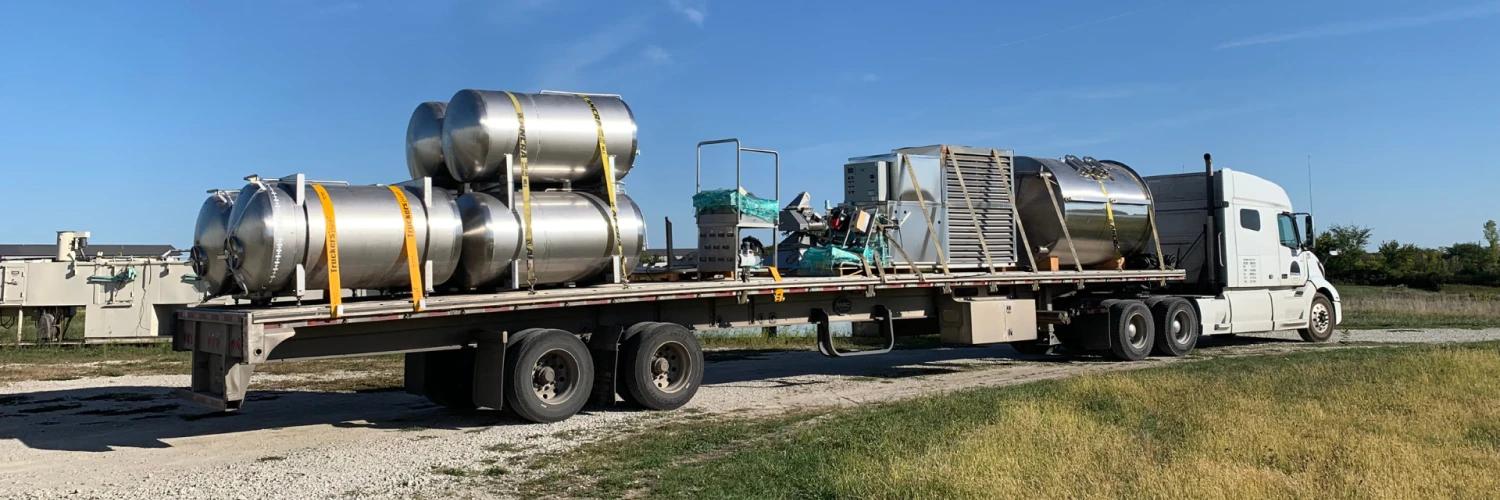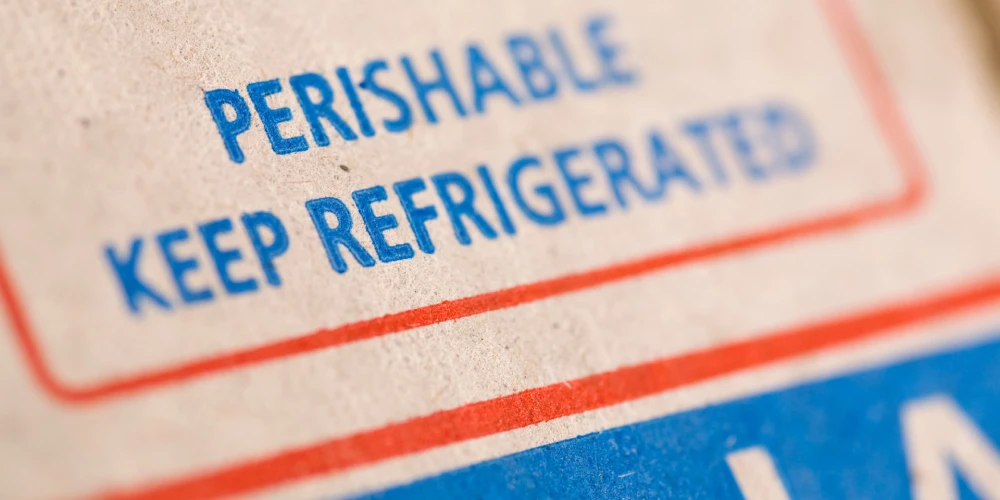Table of Contents
Join our
Mailing List
Stay up-to-date with BREW MOVERS latest news and service offerings.

How to Sell Wine Online
Published Date: 09 October 2024
More and more people are buying wine online. This presents an exciting opportunity for North American suppliers considering expanding their product range. By learning how to sell wine online, retailers and wineries can tap into new markets, attract more wine enthusiasts, and increase their sales.
However, selling wine online isn’t as simple as posting a product on social media. Businesses need to understand and follow specific rules and regulations. Plus, there are logistical challenges, like shipping wine safely and ensuring it reaches customers of legal drinking age.
This blog will cover all of the logistics of online wine sales. Keep reading for these details and a helpful step-by-step guide for North American wineries and retailers.
Why Sell Wines Online?
The wine market is changing, and selling wine online is becoming increasingly popular, and for good reasons. It offers wineries and retailers several advantages:
- Reach a Larger Audience: Your physical store or winery is limited by location and only accessible to a small number of people. When you sell wine online, reach customers all over the country, or even the world. This opens up a much larger market for your wines.
- Convenience for Customers: People are busy, and online shopping offers a convenient way to buy wine without leaving home. Not only does this boost sales, it boosts customer satisfaction.
- More Product Information: If you sell wine online, you can give your customers detailed information about each bottle, including reviews, food pairing suggestions, and even the history of the wine. Customers can use this to make informed choices while shopping.
- Personalized Recommendations: You can use customer data and online tools to offer personalized wine recommendations, creating a unique shopping experience and encouraging repeat business.
- Data and Insights: When you sell wines online, you can track customer behavior and preferences, helping you better understand your market to build effective business strategies.
While there are challenges to selling wine online, such as shipping regulations and age verification, the potential benefits make it a worthwhile endeavor for many businesses. As the wine market changes and online sales climb, both you and your customers will appreciate the convenience of wine e-commerce.

Image Source: Canva
Steps for Selling Wine Online
Though it may seem challenging at first, learning how to sell wine online will open many doors for your business. With the right preparation and resources, it’s achievable and lucrative for your business. Here’s a step-by-step guide to help you navigate the sales process.
1. Legal and Regulatory Requirements
To sell wine online, you need to know all the rules and regulations. In the United States, each state has its own rules about selling and shipping alcohol, including licenses, allowable shipping methods, and how much wine can be sent at once. Canada also has its own federal and provincial laws to follow.
The rules for selling wine online can be meticulous, so do your research. You might need to get special licenses, comply with certain shipping restrictions, and collect the right taxes.
Failure to follow these regulations can lead to serious consequences, like fines or suspended business operations. It’s a good idea to talk to a lawyer or someone who specializes in alcohol regulations to make sure you’re doing everything correctly.
2. The Right E-commerce Platform
Unlike traditional wine stores, selecting the right e-commerce platform is important if you want to sell wines online. The platform should seamlessly integrate into your operations, making it easy to manage your online store and fulfill orders. Consider features tailored to wine sales, such as robust inventory management, reliable age verification, and efficient shipping integrations. Ensure the platform is user-friendly and doesn’t require extensive technical knowledge to set up and maintain.
Scalability is also key for selling wine online. The platform should grow with your business as you expand your product offerings and attract more customers. Don’t forget to factor in the costs associated with each platform, including monthly fees, transaction costs, and any additional charges. If you already have a website, seamless integration with your existing systems is crucial.
Take the time to research and compare various platforms. Reading reviews, watching tutorials, and taking advantage of free trials can provide valuable insights into the user experience.
3. Building the Online Wine Store
Your wine e-commerce website is your virtual storefront when you sell wine online, so make it inviting and informative. Customers should feel welcomed and excited to explore your fine wine selection.
Make your online store easy to navigate. Logically organize your wines by type, region, or price point. Include a search bar so customers can quickly find what they want. Use high-quality photos of your wines and detailed descriptions highlighting their unique characteristics and flavors.
Your online store should reflect your brand’s personality and create a positive experience that encourages customers to browse, learn about your wines, and ultimately purchase.

Image Source: Canva
4. Secure Payment and Shipping
Once you have an attractive online store, it’s time to move on to a smooth and secure checkout and shipping process. Customers need to feel confident that their payment information is safe and that their wine will arrive in good condition.
Choose a reliable payment gateway that offers secure encryption and fraud protection. Clearly display your shipping rates and estimated delivery times. Consider offering multiple shipping options to cater to different customer needs.
Shipping wine comes with its own set of challenges. Make sure you package your wines carefully to prevent broken bottles during transit. Also, be aware of any temperature-sensitive wines and take precautions to ensure they’re shipped and stored appropriately.
Remember that you’re trying to sell wine online, so age verification is a must. Implement a system to check the buyer’s age both at checkout and upon delivery.
5. Marketing and Promotion
Having a great online store and secure processes is just part of selling wine online. Let people know about your products and attract them to your website.
There are many ways to market when you sell wines online. You can use social media profiles to share photos and information about your products, run email campaigns to reach your subscribers, or create engaging content like blog posts or videos about your wine.
Curated subscription boxes can be a great way to introduce customers to new wines, generate recurring revenue, and build customer loyalty. Consider offering different subscription tiers or themes to cater to various preferences and budgets.
The secret to effective marketing for online wine sales is zeroing in on your demographic and speaking directly to their interests. Think about what makes you unique, and communicate that to potential customers.
Grow Your Wine Business with Brew Movers
Learning how to sell wine online opens up exciting opportunities, but the complexities of direct-to-consumer shipping can be daunting. Let Brew Movers do the heavy lifting. We specialize in beverage and ingredient logistics, offering reliable, regulation compliant, cost-effective solutions across North America.
With our white-glove shipping service, you can trust that your wines will reach your customers in perfect condition. We’ll manage the regulations and ensure timely deliveries, so you can focus on growing your online wine business.
Contact Brew Movers today and discover how we can help you step into the world of wine ecommerce.




